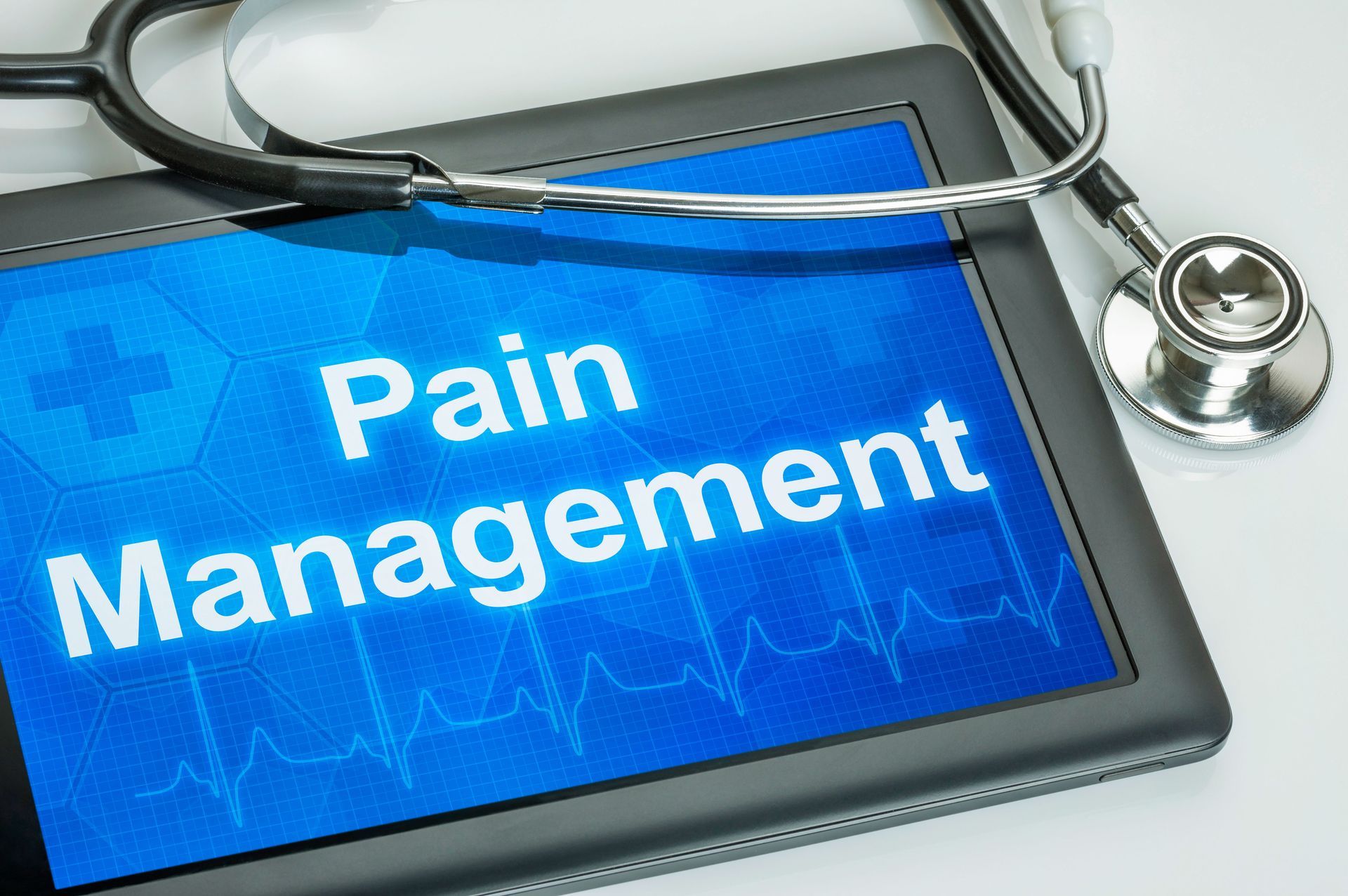What to Expect During Your Visit to a Pain Management Clinic
A visit to a pain management clinic can be an essential step toward reclaiming comfort, mobility, and quality of life. For many patients, understanding what to expect before the first appointment helps ease anxiety and sets the stage for better results. During a typical visit, patients undergo a thorough assessment, meet with a multidisciplinary healthcare team, explore treatment options, and discuss long-term care plans. By learning about each phase of the process—from consultation to follow-up—patients can approach their visit with confidence and clarity.
Whether you’re dealing with chronic back pain, recovering from an injury, or seeking relief from nerve-related discomfort, knowing how these clinics operate can make your visit far more productive. The goal is not only to manage pain but to restore function, prevent recurrence, and empower patients with long-term strategies for wellness.
Beginning the Evaluation Process
Every visit to a pain management clinic begins with preparation and an in-depth evaluation. Patients are encouraged to bring all relevant medical records, imaging results, and medication lists to provide a complete overview of their health history. Having a clear understanding of one’s pain—when it started, how it feels, and what worsens or relieves it—greatly aids the care team in forming an accurate diagnosis.
Upon arrival, staff members guide patients through an intake process that collects vital information about lifestyle factors, past treatments, and any surgeries or medical conditions. A comprehensive physical examination follows, often supported by diagnostic tools such as X-rays, MRIs, or ultrasounds. This stage helps identify the root causes of discomfort and the functional limitations it creates.
An open conversation about how pain impacts daily life is also crucial. Patients are encouraged to describe how discomfort interferes with activities like work, recreation, or exercise. According to the American Physical Therapy Association, approximately 8.6 million sports and recreation-related injuries occur each year in the United States, underscoring the connection between lifestyle factors and pain. By assessing both physical and lifestyle aspects, the healthcare team can establish realistic goals and set the stage for effective treatment.
Meeting the Multidisciplinary Care Team
A successful visit to a pain management clinic relies on the collaboration of a skilled multidisciplinary team. Pain specialists, often trained in anesthesiology or physical medicine, play a central role by diagnosing complex pain conditions and designing tailored treatment plans. Their approach combines evidence-based medicine, advanced technology, and patient-centered care to improve function and quality of life.
Nurses are vital members of this team, acting as educators and patient advocates. They provide explanations about treatment options, monitor progress, and coordinate communication among healthcare professionals. Physical therapists contribute by designing exercise and rehabilitation programs to restore mobility, flexibility, and strength—especially for injuries resulting from sports or repetitive motion.
Psychologists and counselors address the emotional side of chronic pain, using cognitive behavioral therapy and mindfulness strategies to help patients manage stress and anxiety. Pharmacists also play an important role, guiding medication safety, monitoring interactions, and ensuring prescriptions are taken correctly. Together, these professionals form a network of support that addresses pain from every angle—physical, emotional, and psychological.
Exploring Treatment Paths
The range of treatments available at a pain management clinic is extensive, allowing care to be personalized based on diagnosis and individual needs. Medications, such as anti-inflammatory drugs, antidepressants, and anticonvulsants, may be prescribed to manage pain signals and reduce inflammation. For more severe cases, physicians might consider targeted interventions, including nerve blocks or radiofrequency ablation, to interrupt pain pathways.
Physical therapy remains one of the most effective noninvasive treatment options. Through therapeutic exercises, manual manipulation, and stretching routines, physical therapists help patients regain movement and minimize discomfort. These sessions not only relieve pain but also prevent recurrence by addressing underlying musculoskeletal imbalances.
Psychological therapies such as cognitive behavioral therapy (CBT) or acceptance and commitment therapy (ACT) can improve resilience and coping mechanisms. Meanwhile, complementary treatments like acupuncture or chiropractic adjustments offer alternative pathways to relief when integrated safely with conventional care. The combination of these strategies creates a comprehensive, patient-specific approach designed for long-term success.
Taking an Active Role in Your Recovery
While healthcare professionals provide the tools and expertise, patient involvement is the driving force behind recovery. At a pain management clinic, patients are encouraged to participate actively in their care by following treatment plans, maintaining open communication with providers, and tracking symptoms over time.
Consistency is essential. Taking medications as prescribed, attending therapy sessions, and adhering to recommended exercise routines all contribute to positive outcomes. Patients should also share updates with their care team, including changes in pain levels, side effects, or emotional health. This transparency allows providers to make timely adjustments to the care plan.
Beyond the clinical setting, self-management strategies—such as stress reduction, proper nutrition, and adequate sleep—play an important role. Simple tools like pain diaries or mobile health apps help patients monitor progress and maintain motivation. When patients commit to being active participants, they experience greater improvement, both physically and mentally.
Continuing Care and Making Adjustments
Recovery rarely follows a straight path, which is why follow-up visits are an integral part of the care journey. Routine check-ins at a pain management clinic allow healthcare professionals to evaluate treatment effectiveness, adjust medications, and refine therapeutic techniques as necessary. These regular appointments ensure that evolving symptoms or new challenges are addressed promptly.
Long-term management of chronic pain often requires flexibility. Adjusting treatment plans based on feedback and observed progress helps maintain consistent relief and functional improvements. Patients with ongoing conditions benefit from combining preventive measures—such as posture correction, ergonomic adjustments, and physical activity—with continued clinical care.
Evaluating progress over time helps determine whether the current plan is delivering meaningful results. By tracking metrics such as pain intensity, mobility, and quality of life, providers can measure success and make informed changes. This iterative process underscores that pain management is not a one-time solution, but an evolving partnership between patient and provider.
Accessing Resources and Support for Ongoing Success
Beyond clinical treatments, many patients benefit from the educational and emotional resources offered by their pain management clinic. Informational materials—like brochures, online guides, and instructional videos—help patients understand their condition and build confidence in managing it. Support groups and community wellness programs foster connection, allowing individuals to share experiences and coping strategies with others facing similar challenges.
Digital tools, such as symptom-tracking apps and online support networks, make it easier for patients to remain engaged in their care between appointments. These technologies enhance communication with healthcare teams and encourage accountability in daily routines.
Financial and insurance assistance programs may also be available to help patients access necessary care without undue financial stress. Additionally, advocacy resources empower patients to understand their rights and ensure they receive compassionate, effective treatment. Through education, technology, and community engagement, these resources promote a sustainable approach to lifelong pain management.
Visiting a pain management clinic is more than a medical appointment—it’s the beginning of a collaborative journey toward relief, recovery, and renewed quality of life. From the initial evaluation and personalized treatments to ongoing education and support, every step is designed to address pain holistically. Patients who stay engaged, follow through with care plans, and maintain open communication with their providers are best positioned for long-term success.
If you’re ready to take control of your pain and work with a trusted team of experts, schedule your consultation today with Bensalem Orthopedics, PC.





Share On: